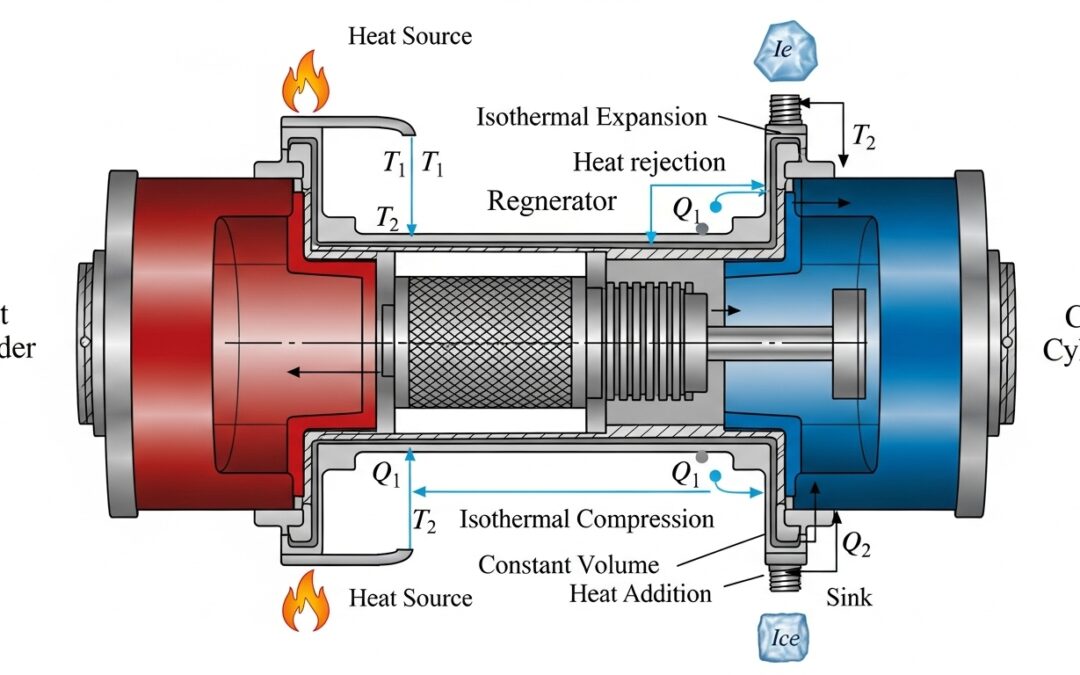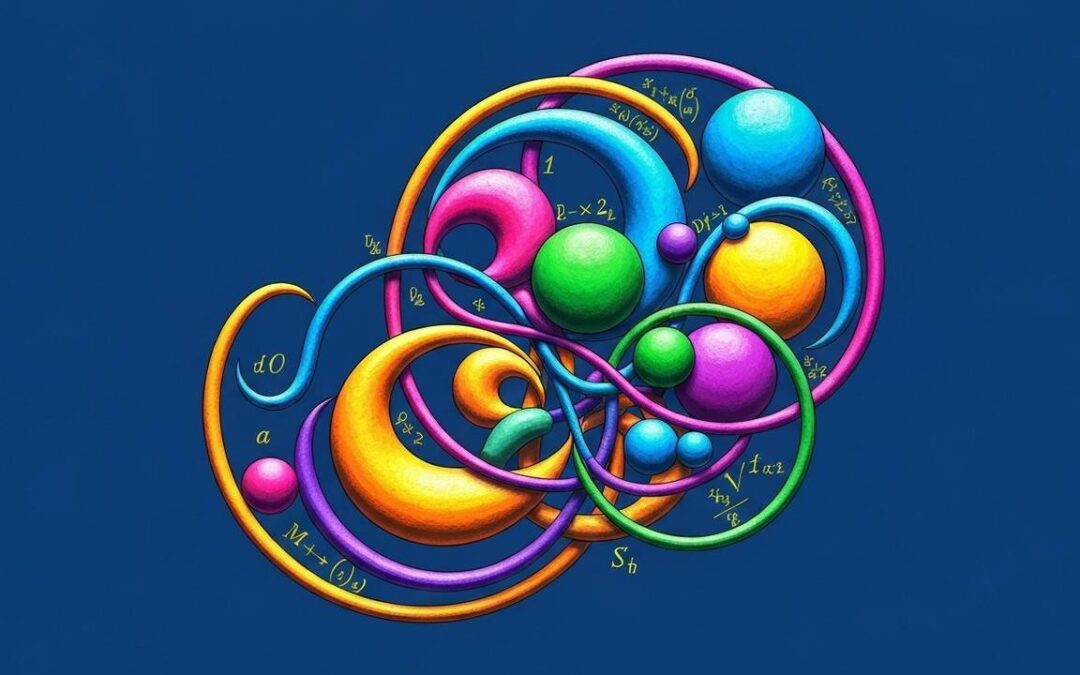Fuzzy logic aggregation is a method for combining multiple indicators into a single score. We use fuzzy values to represent partial truth. This approach contrasts with traditional binary logic. It allows for nuanced evaluations. Think of it as blending various pieces of evidence. Each piece contributes to a final assessment. We will explore how different fuzzy values impact the overall result. We will also see how the order of these values doesn’t change the final outcome.
Table of Contents
- Understanding Fuzzy Values
- Aggregation Techniques for Fuzzy Values
- Properties of the Aggregation Function
- Mathematical Formulation and Commutativity
- Applications of Fuzzy Logic Aggregation
- Similar Problems and Solutions
- Problem 1: Aggregate fuzzy values 0.2, 0.4, and 0.6 with max = 1.
- Problem 2: Aggregate fuzzy values 0.1, 0.3, 0.5, and 0.7 with max = 1.
- Problem 3: Aggregate fuzzy values 0.25, 0.5, and 0.75 with max = 1.
- Problem 4: Aggregate fuzzy values 0.3, 0.3, 0.3, and 0.3 with max = 1.
- Problem 5: Aggregate fuzzy values 0.4, 0.5, 0.6, and 0.7 with max = 1.
More from me
Welcome to an exploration of fuzzy logic aggregation, a crucial tool when dealing with uncertain or imprecise data. This article delves into methods for combining multiple fuzzy values into a single, representative score. We’ll explore the nuances of fuzzy values, aggregation techniques, and their applications in real-world scenarios, providing a solid foundation for understanding and applying these concepts.
Understanding Fuzzy Values
In fuzzy logic, a fuzzy value represents the degree to which a condition is satisfied, ranging from 0 to 1. Unlike probabilities, a fuzzy value of 0.3 doesn’t imply a 0.7 negation; it simply indicates a weak affirmation. Fuzzy values are essential in scenarios where information is incomplete or subjective, such as assessing the likelihood of an event based on multiple indicators. The interpretation of these values is key to effective decision-making.
Consider a scenario where you’re evaluating the risk of a system failure. Multiple factors, such as component age (0.6), environmental conditions (0.4), and maintenance history (0.8), contribute to the overall risk assessment. Each of these is a fuzzy value. Aggregating these fuzzy values allows for a comprehensive evaluation, providing a more informed basis for risk management strategies. The process of combining these values is what we call fuzzy logic aggregation.
Aggregation Techniques for Fuzzy Values
Aggregation techniques combine multiple fuzzy values into a single representative value. One common method involves iterative updates using a maximum value ##max##. Starting with an initial value of 0, each fuzzy value ##t_k## updates the cumulative score ##F_k##. The formula ##F_k = (max – F_{k-1})t_k + F_{k-1}## ensures that each new value reduces the remaining uncertainty, bounded by the maximum possible value. This method is particularly useful when dealing with a sequence of positive indications.
For example, let’s aggregate fuzzy values indicating the likelihood of a successful project completion. Suppose we have values for team experience (0.7), resource availability (0.5), and market demand (0.9). Setting ##max = 1##, we iteratively update the score: ##F_1 = (1 – 0) 0.7 + 0 = 0.7##, ##F_2 = (1 – 0.7) 0.5 + 0.7 = 0.85##, and ##F_3 = (1 – 0.85) * 0.9 + 0.85 = 0.985##. This final score reflects a high overall likelihood of project success, given the combined positive indicators.
Properties of the Aggregation Function
The aggregation function described, ##F_k(T, max) = (max – F_{k-1})t_k + F_{k-1}##, possesses several desirable properties. It rewards high fuzzy values more effectively than multiple medium or low values, making it sensitive to strong indicators. The function is order-independent, meaning the sequence in which the fuzzy values are aggregated does not affect the final result. Additionally, the result always falls within the range ##(0, max]##, providing a bounded and interpretable score. This makes it a robust tool for combining diverse fuzzy inputs.
To illustrate the order independence, consider aggregating values 0.3 and 0.6 with ##max = 1##. Aggregating in the order (0.3, 0.6) yields ##F_1 = 0.3## and ##F_2 = (1 – 0.3) 0.6 + 0.3 = 0.72##. Reversing the order to (0.6, 0.3) gives ##F_1 = 0.6## and ##F_2 = (1 – 0.6) 0.3 + 0.6 = 0.72##. The final result remains the same, demonstrating the commutative property of this aggregation method. This is important for real-world applications.
Mathematical Formulation and Commutativity
Mathematically, the aggregation function can be formulated iteratively. For an unordered sequence ##T = (t_1, t_2, …, t_n)##, the aggregated value ##F(T, max)## is obtained by applying the update rule sequentially. To demonstrate commutativity, one can show that for any pair of fuzzy values ##a## and ##b##, ##F(a, b, max) = F(b, a, max)##. This property ensures that the aggregation is well-defined for unordered collections, making it suitable for scenarios where the order of evidence is irrelevant.
To further formalize this, consider the fuzzy OR operation, which combines two fuzzy values to represent the degree to which at least one of the conditions is satisfied. If ##x## and ##y## are fuzzy values, their fuzzy OR can be defined as ##x + y – xy##. This operation is both commutative and associative, ensuring that the order in which fuzzy values are combined does not affect the final result. This approach aligns with the principles of fuzzy logic and provides a solid mathematical foundation for the aggregation process.
Applications of Fuzzy Logic Aggregation
Fuzzy logic aggregation finds applications in various fields, including decision-making, risk assessment, and pattern recognition. In decision-making, it combines multiple criteria to evaluate alternatives, providing a comprehensive assessment based on uncertain or subjective information. In risk assessment, it aggregates various risk factors to determine the overall risk level, enabling proactive risk management strategies. In pattern recognition, it combines multiple features to classify patterns, enhancing the accuracy and robustness of the classification process.
Consider a medical diagnosis scenario where multiple symptoms and test results are aggregated to determine the likelihood of a particular disease. Each symptom or test result contributes a fuzzy value indicating the degree to which it supports the diagnosis. By aggregating these fuzzy values, a physician can obtain a more comprehensive assessment of the patient’s condition, leading to more accurate and timely treatment decisions. This highlights the practical utility of fuzzy logic aggregation in real-world applications.
Similar Problems and Solutions
Problem 1: Aggregate fuzzy values 0.2, 0.4, and 0.6 with max = 1.
Solution: ##F_3 = 0.692##
Problem 2: Aggregate fuzzy values 0.1, 0.3, 0.5, and 0.7 with max = 1.
Solution: ##F_4 = 0.8605##
Problem 3: Aggregate fuzzy values 0.25, 0.5, and 0.75 with max = 1.
Solution: ##F_3 = 0.890625##
Problem 4: Aggregate fuzzy values 0.3, 0.3, 0.3, and 0.3 with max = 1.
Solution: ##F_4 = 0.6837##
Problem 5: Aggregate fuzzy values 0.4, 0.5, 0.6, and 0.7 with max = 1.
Solution: ##F_4 = 0.8968##
| Concept | Description |
|---|---|
| Fuzzy Value | Represents the degree of truth, ranging from 0 to 1. |
| Aggregation Function | Combines multiple fuzzy values into a single representative value. |
| Formula | ##F_k = (max – F_{k-1})t_k + F_{k-1}## |
| Commutativity | The order of aggregation does not affect the final result. |
| Applications | Decision-making, risk assessment, and pattern recognition. |
We also Published
RESOURCES
- Fuzzy Inference Process – MATLAB & Simulink
- Aggregation of sensory data using fuzzy logic for sensory quality …
- Type-2 fuzzy logic aggregation of multiple fuzzy controllers for …
- Fuzzy Logic and Technology, and Aggregation Operators: 13th …
- A fuzzy logic based aggregation method for life cycle impact …
- Aggregation
- Fuzzy Triangular Aggregation Operators – Simo – 2018 …
- Complex fuzzy logic | IEEE Journals & Magazine | IEEE Xplore
- A novel IoT-based approach using fractional fuzzy Hamacher …
- FUZZY AGGREGATORS – AN OVERVIEW







0 Comments